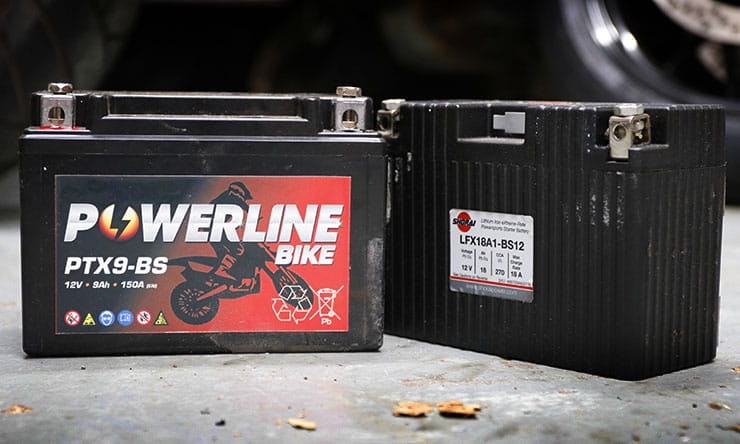Workshop Wisdom - Episode 4: Batteries and chargers
Workshop wisdom
Jim Lindsay looks into battery chargers...
What would you like to see Jim cover in a future episode? Tell us in the Facebook comments below…
Like every other part of your bike, the battery benefits from regular attention.
If you run a conventional lead acid battery or a more modern sealed lead acid battery, it should hold its charge quite easily between rides even if you don’t use your bike that much.
If you have a big V-Twin though, which requires a lot of cranking power to turn it over, especially from cold, it’s a good idea to connect it to a charger in between rides so your battery is always delivering maximum power.
The same is true if you have an alarm fitted.
If you have a Lithium Ion battery, it should be kept on charge whenever the bike is not being used. Lithium batteries have different charging characteristics and will discharge to a unusable level far quicker than a lead acid battery, particularly if you do a lot of slow riding, if you have an alarm attached or if your bike has a permanently connected ECU. On the other hand, if you leave a Lithium battery fully charged on the shelf, it will hold its charge for ages.
Finally, a note on battery chargers: always use the correct one for your battery and use a good quality charger. Lithium batteries have different charging requirements so use a Lithium specific charger for these.
I use and recommend Optimate. They do a good job and mine have never let me down. They are also good for recovering dead batteries, often succeeding where other chargers fail.
Share on social media:
